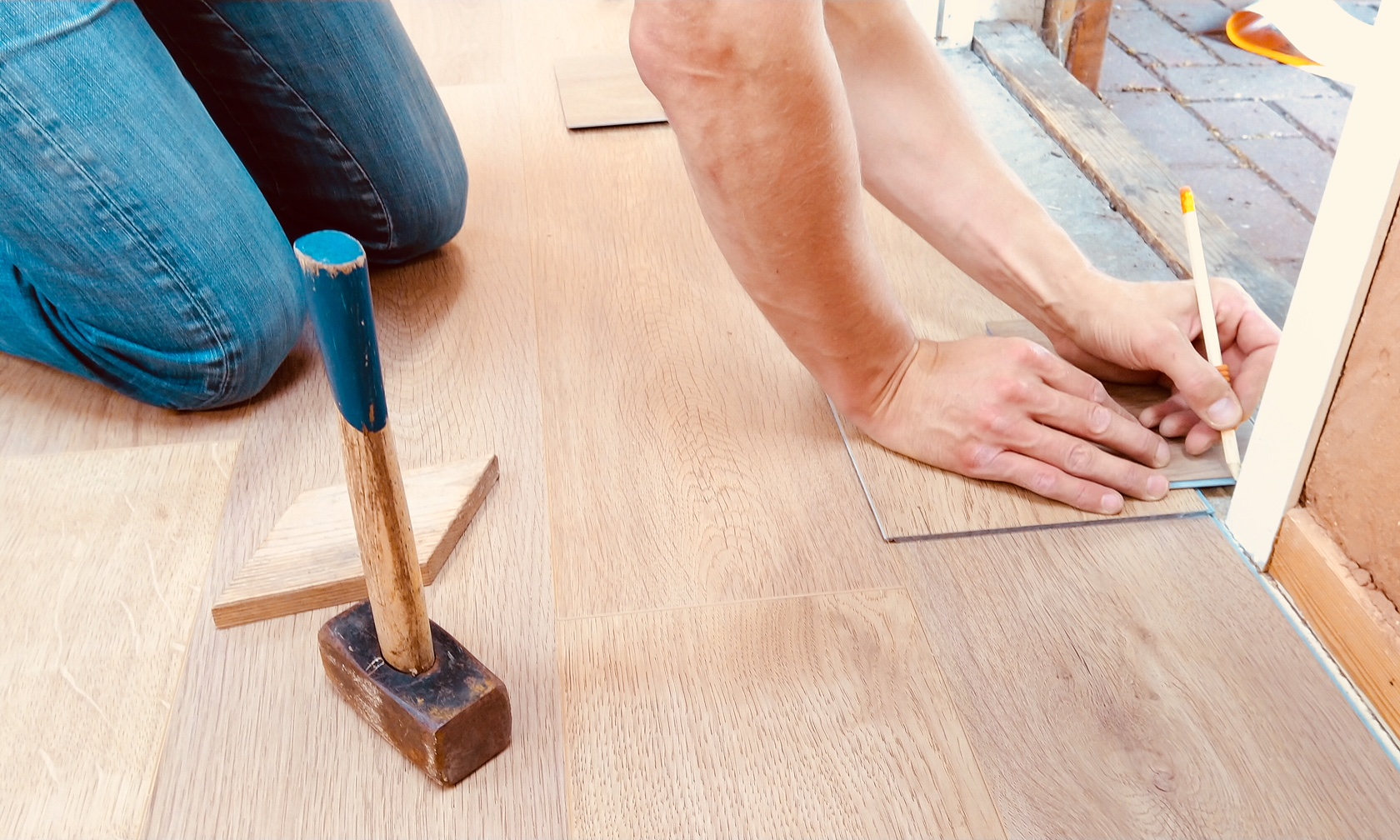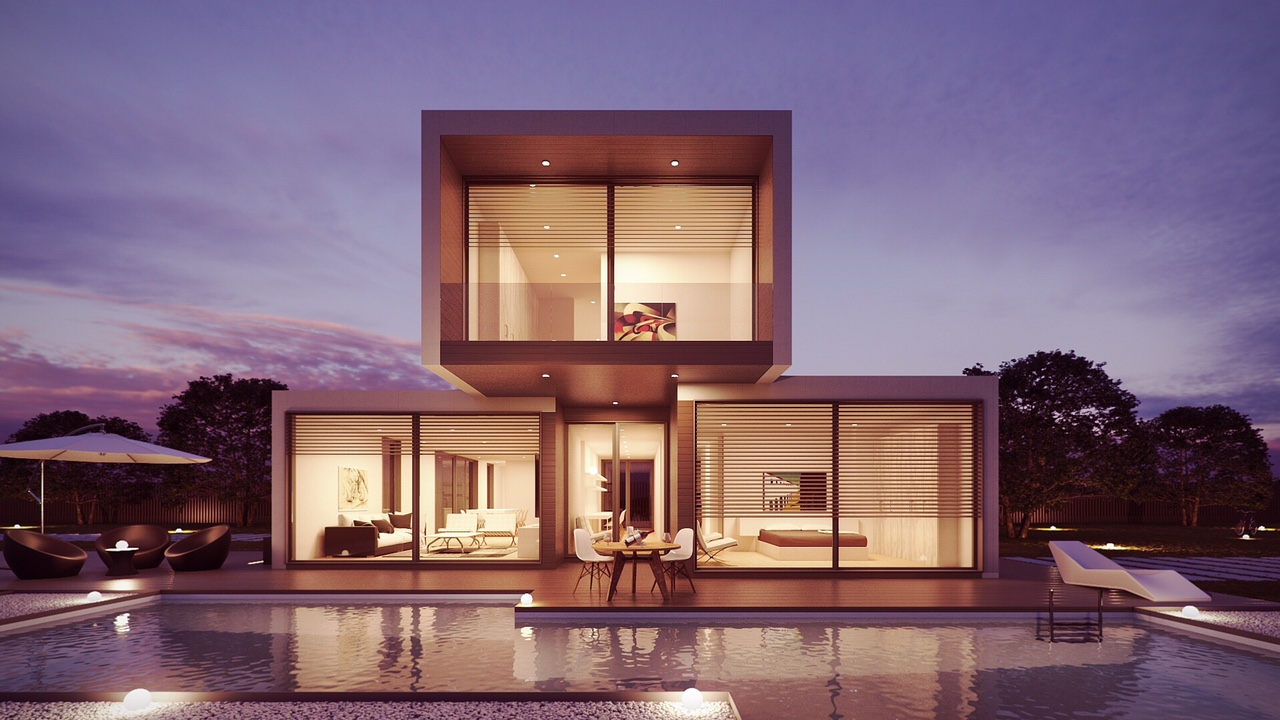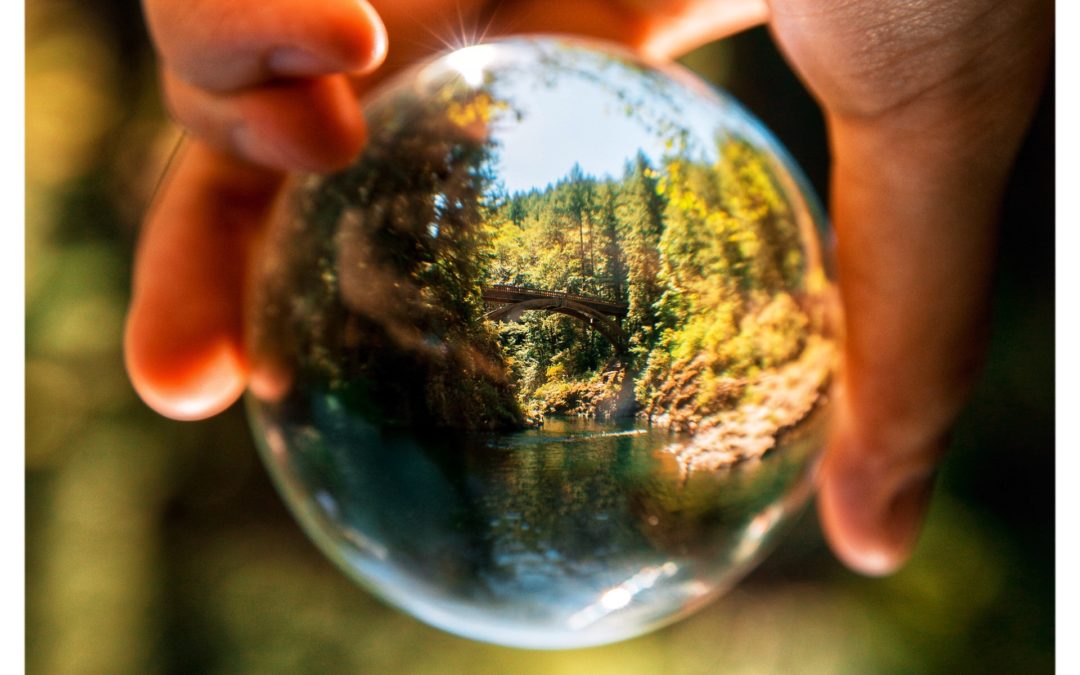“Buy less, choose well, make it last.”
-Vivienne Westwood
“Environmentally Friendly” We all have heard of it and most likely used products and practices such as low-flow (dual flush) toilets, earth friendly cleaning supplies or cosmetics, energy saving light bulbs, solar or wind powered energy, and recycling. Personally, I am a big fan of the low-flow toilet. Since toilet makers have stepped up their game, low-flow toilets have saved thousands of gallons of precious drinking water. Amazing to think that a low-flow toilet reduced water consumption from 5 gallons to just 1.6 gallons per flush. Follow that with using recycled toilet paper, cleaning the mighty porcelain thrown with an environmentally friendly toilet bowl cleaner and you feel all around good about doing your part.
In my holistic interior designs, I always try to take it a step further to be environmentally mindful. Here are 5 easy sustainability tips for any design.

Tip #1
LET THERE BE MORE NATURAL LIGHT
In order to safe electricity (and ligt bulbs) try bringing as much natural light in to a space as possible. Use high light reflective value (LRV) colors for paint or furnishings. Before you pick a new wall color, check the back of the color swatch for the LRV. The higher that number, the more light will be reflected back in to the space. Supplement light reflectivity with placing mirrors or shiny, light reflecting surfaces to your space.
If natural light is sparse in a space, using full spectrum light bulbs is the closest to natural light and much easier on the eyes.

Tip #2
DIY DREAMS
Repurpose, upcycle, and purchase used décor and building materials. DIY projects are not just money and resource saving but can also be really satisfying. If you don’t feel creative, peruse online consignment, antique, and DIY websites like Etsy. Used or new building materials can be purchased at the ReStore. The ReStore is a nonprofit home improvement store and donation center that sells new and gently used furniture, appliances, home accessories, building materials and more to the public at a fraction of the original retail price. Proceeds from the store are used to help Habitat For Humanity. The benefits of upcycling and re-purposing materials have many advantages.

Tip #3
ONE STEP AHEAD WITH FLOORING
When it comes to flooring choices, there are many non-toxic, environmentally friendly, and sustainable flooring choices from wood, bamboo, cork, linoleum to wool. It’s important to take a closer look at the source and material list. Take bamboo flooring for instance; while hailed for its excellent renewability, its benefit is easily negated by the fact that bamboo is imported from countries like China and the environmental impact of that transport is considerable.
In the business for a new carpet? Look for carpets made from natural fibers with little or no chemical treatment. Also, purchase carpets with natural-fiber backing attached with less-toxic adhesives.
Prefer traditional hardwood flooring? The Forest Stewardship Council (FSC-look for the label) can make sure that your lumber comes from sustainably managed forests. Dozens of types of wood are produced in FSC-certified forests in which the trees are regenerated, biodiversity is conserved, and air and water quality are preserved. FSC-certified wood flooring comes in hundreds of different shades and styles. Another desirable lable to look for is SFI (the Sustainable Forest Initiative).
Hardwood is a great flooring choice due to its longevity as it can be refinshed several times.

Tip #4
THINK INSIDE THE BOX
When given the choice, consider a smaller living space. Movements like “tiny house living” enjoy popularity for good reasons. Smaller spaces use less building materials, less energy to build, and sustain. If you can’t help it or prefer a larger living space, consider installing separate controls for separate parts of your house. This type of zone control system allows a single HVAC unit to have separate temperature zones in the house (the number of zones allowed is determined by the zone control equipment manufacturer and the HVAC contractor). Each zone is controlled by its own space thermostat. Check with your local HVAC professional about retrofitting your home.

Tip #5
BRAVING THE ELEMENTS
If you live in a semi or detached home and one of your exterior walls faces west, consider installing a beautiful living wall on the outside. These living walls (or green walls) are made of densely, vertically arranged plants and help absorb exterior heat to maintain cool temperatures indoors. In geographic climates with low annual precipitation, install drought resistant local plants. Succulents can live for a long time with little watering.
IN CONCLUSION…
I haven’t even mentioned sustainable systems that are part of new construction and whole home retrofitting projects. The choice and advances in green building are endless. But weather you have the privilege of building a green home from scratch, retrofitting an existing space, or simply want to implement the above-mentioned easy improvements, an environmentally friendly life-style reaches much further than your pocketbook or clear conscience. Environmentally friendly and conscious living has a wonderful ripple effect and supports many livelihoods, artisans, farming communities, fair labor practices, animals, the water we drink and the air we breathe. Last but not least, it just feels so wonderfully satisfying to do one’s part!!
The goal with D Conti Living is to offer interior design and feng shui services that complement each other. When feng shui and interior design work together, the result is harmony, joy, and abundance.
Is your home craving a refresh? Are you interested in getting started with Feng Shui and Interior Design? I am offering FREE initial Consultations to all new clients. I look forward to hearing from you!
Also read my reviews here!

